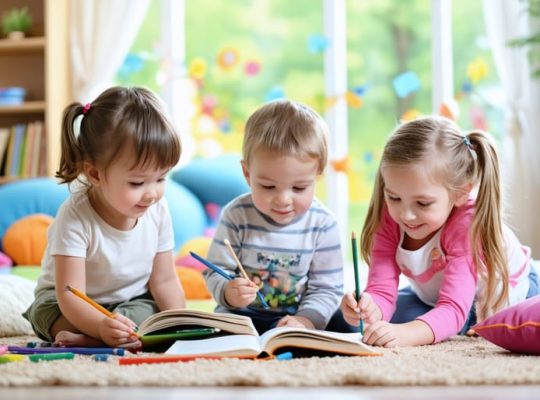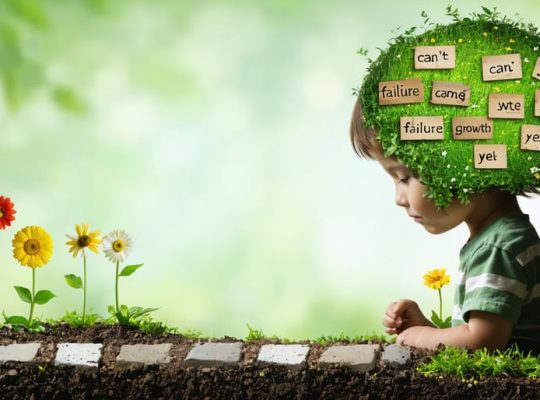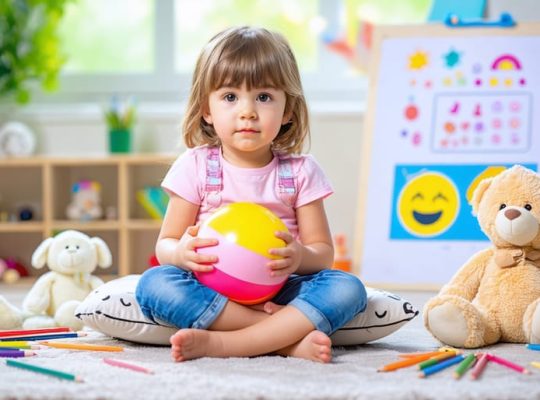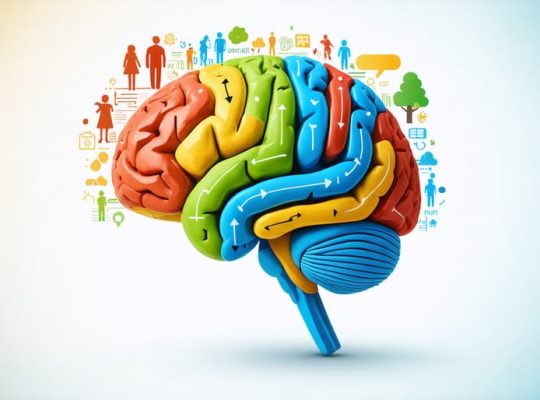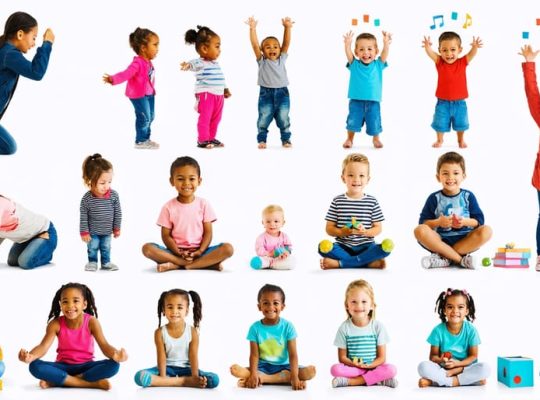How Nature Helps Children Process Emotional Crisis: A Parent’s Roadmap
When disaster strikes, our children look to us for safety, understanding, and guidance. As parents and caregivers, recognizing the four distinct stages of emotional response can transform how we support our young ones through life’s most challenging moments.
Natural disasters, accidents, or community tragedies affect children differently than adults. While we might focus on practical solutions, our children are processing complex emotions that follow a predictable yet deeply personal pattern. Understanding these stages – shock and denial, anger and fear, depression and grief, and finally, acceptance and hope – …



